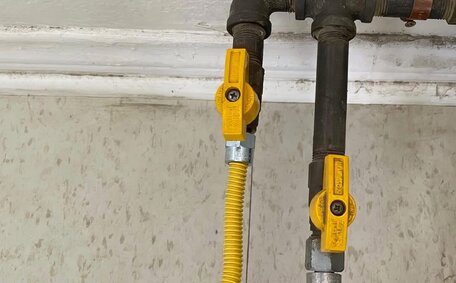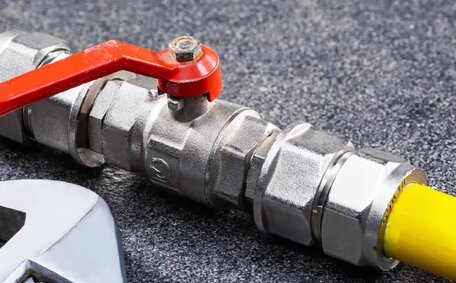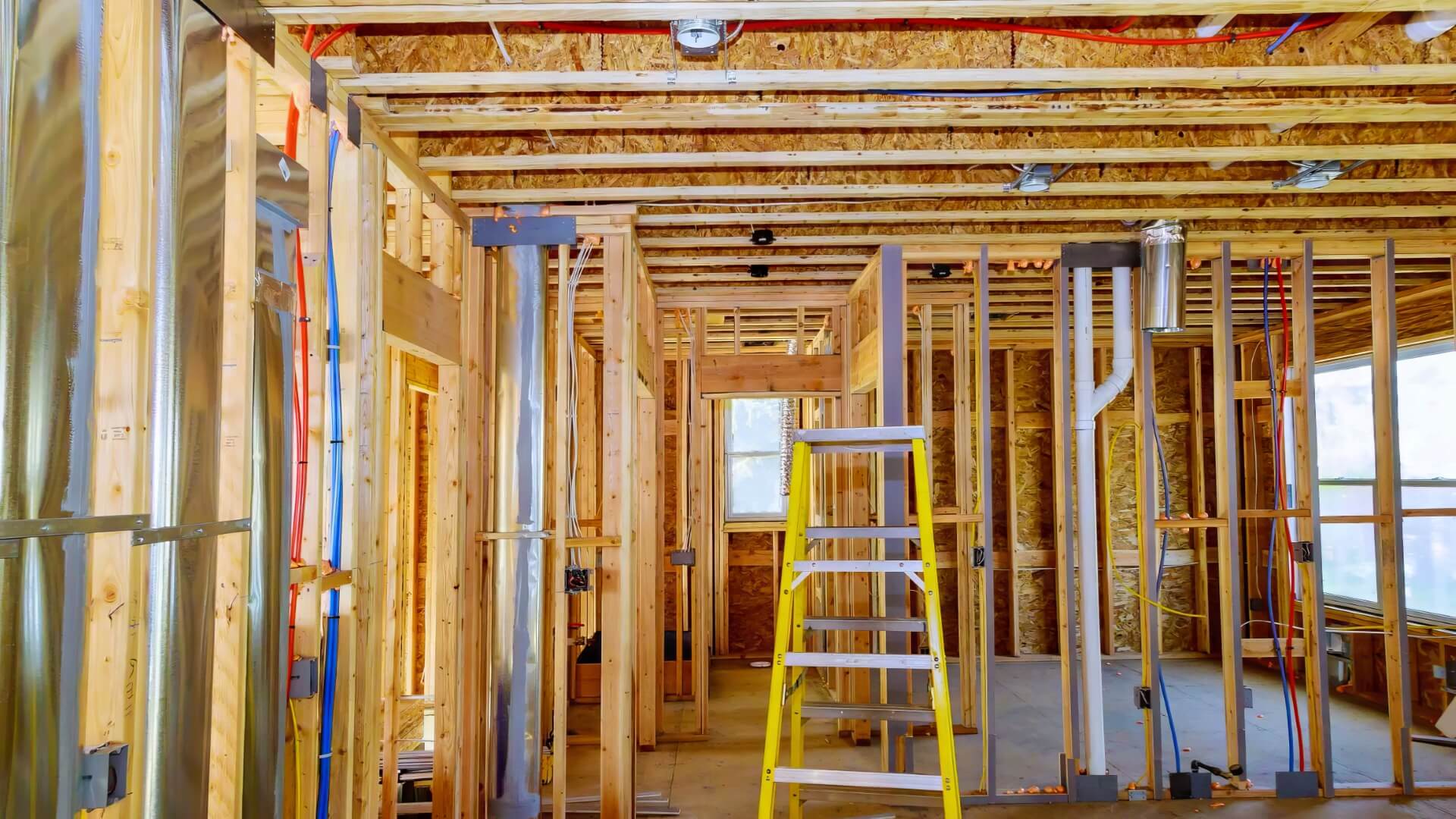
Natural Gas vs. Propane: What’s the Difference?
Propane and natural gas are popular fuel sources, but have different origins and properties. Propane delivers more BTUs per cubic foot. Natural gas is piped underground to homes.
Read MoreLong strands of hair that go down your shower and sink drains can easily become entangled around pipes, creating obstructions. Hair blockages leading to a clogged drain are one of the most troublesome issues homeowners face with their drains and plumbing. It’s essential to promptly clear clogged shower drains to prevent leaks, overflows, and potential damage.
Human hair poses such drainage difficulties because its thin, flexible strands can twist into dense knots in the drain which require methods to unclog shower drain when they go into drain systems. Hair often causes problems in frequently-used fixtures like bathroom sinks and tub drains due to the high volume of strands entering the plumbing.
Since hair slowly decomposes within pipes, it leads to gradual accumulation and build-up, restricting water flow.
This article details methods to unclog hair from drains using common household items. It also covers plumbing solutions for tough cases, as well as preventive measures to unclog your hair before it enters the pipes. By following these techniques for drain cleaning and the removal of hair clogs, homeowners can manage the hair your drains gather themselves and avoid costly plumbing repairs in the future.
When hair washing, conditioning, or styling, hair falls or clumps often get dislodged and go down the drain. Floating strands can create problems, as they often slip from surfaces, paving the way to get tangled in your plumbing system and drastically affect water flow in sinks and tubs.
Excess hair can form sticky clogs when it combines with soap scum, body oils, and debris in the drain. As more hair strands descend, they stick to the accumulating gunk, which in turn drains can become clogged with, impeding water flow by forming blockages.
The unsavoury hairball issue tends to surface in any drain, but the bath shower and sink drains suffer the most due to their frequent use.
Partial obstructions from hair in your drains slow down shower drainage, causing pools of standing water and formidable clogs. Masses of hair can eventually completely block drain pipes, leading to water backups, overflows, leaks, and potential water damage. Promptly clearing hair clogs from your shower is critical to preventing worsening issues in your plumbing.
Before seeking professional help, homeowners can try various methods to remove hair clogs themselves:
Straighten out a wire hanger, create a small hook on one end, and effectively remove hair from the drain. Gently insert the hook into the drain opening, twist, and extract the hair from your drain. Repeat until water flows freely.
Employ a plumbing snake, and don’t forget to wear gloves for safety, readily obtainable at most hardware stores, to navigate pipes effectively and retrieve hair from the drain. Carefully extract the snake, taking with it the hair ensnared around it, to release the clog.
To unclog shower drains, use cup of baking soda down the drain followed by one cup of heated white vinegar. The chemical reaction will not only break up but can dissolve hair, aiding in clearing away obstructive wads and preventing sewer line blockages. Let sit 30 minutes then rinse with hot water.
If you have hard water, boiling a pot and carefully pouring it down the drain can be effective to melt grease and loosen hair. Follow with more hot water to flush debris down your sink. Repeat as needed.
For drain blockages resistant to manual removal, various household items can be effective alternatives. Natural methods such as baking soda and vinegar are gentler on plumbing compared to chemical drain cleaners which can damage pipes.
The fizzing mixture works to clear hair and break up the clog.
Pour one cup of baking soda into the drain, followed by white vinegar, to ensure an effective clean.
Boiling a full kettle of water and slowly pouring it down the drain can help melt grease and loosen tangled hair. Follow up by running very hot tap water for a few minutes to wash the debris down. Make sure to take safety precautions against splash back or steam.
Enzyme-based solutions excel at breaking down organic matter such as hair and soap scum, serving as effective natural alternatives. Administer the enzymatic cleaner into your drain as instructed, allow a few hours for it to act, then cleanse it out with hot water. Overnight application maximises effectiveness.
Chemical drain cleaners containing harsh ingredients like lye or sulfuric acid can help dissolve hair clogs. However, these products should be used with care as they can cause pipe damage and pose safety hazards if mishandled.
To use a chemical cleaner to remove hair:
Use chemical drain cleaners sparingly as their frequent use can erode pipes and lead to blockages. Use them sparingly for severe hair clogs only after trying other methods first. Call a plumber if problems persist.
While chemical drain cleaners are fast-acting on clogs, they can pose hazards like:
Consider safer enzyme cleaners or call a professional drain cleaning service for tough hair clogs without putting yourself or your bathroom pipes at risk.
In certain scenarios, it becomes necessary to call a professional plumber to address stubborn hair clogs or underlying drainage problems.
It’s imperative to seek a plumber’s expertise without delay when get indicators of drainage trouble such as:
At Woollahra Plumbing, we offer licensed technicians equipped with high-powered tools and expertise to clear any hair clog quickly. We inspect drain lines with cameras to locate blockages from tree roots and use advanced methods like hydro-jetting to scour pipes completely clean.
Reach out to our approachable team today for assistance from your local plumber, ensuring your drainage issues are swiftly and reliably resolved.
There are ways prevent hair from clogging drains that homeowners can take as proactive measures. By putting hair shower safeguards in place and practising regular maintenance, many hair-related blockages can be avoided.
Install drain covers on showers, sinks, and tubs to catch hair and prevent it from entering the plumbing system. Look for covers with small holes that allow water flow but trap stray strands before they go down drain. Clean accumulated hair off covers regularly.
For sinks, plastic catcher cups are an affordable way to stop hair from slipping down the drain. Empty and clean the catcher regularly after each use to prevent hair clogs.
Make it part of your clean hair routine to flush drains weekly with hot water to get hair and grime washed away before major blockages form. Monthly treatments with baking soda and vinegar can dissolve hair as well as grease and soap buildup.
Oily conditioners, thick gels, mousses, and sprays can cause soap residues to stick to pipes. Choose lighter, more natural hair products to minimize residue buildup in your pipes.
Incorporating these simple practises into bathroom maintenance prevents masses of hair from collecting in drains. Contact Woollahra’s drainage specialists for professional drain inspections or cleaning if you suspect recurring hair clogs.
Preventing hair clogs in drains requires diligent maintenance and incorporating simple habits. By taking proactive measures, homeowners can prevent hair going down their drains and keep them freely flowing.
Prevent hair and debris from causing blockages by regularly cleaning your shower drain. Once a week, flush pipes by sending a pot of boiling hot water down sinks and tub drains. Follow up with more hot tap water for several minutes to wash away loose hair and residue before it accumulates.
Using sink drain catchers or tub drain covers can effectively trap hair before it descends into the pipes. Check and empty these devices after each use.
Skip commercial chemical drain cleaners, as these can damage pipes long-term. Opt for more natural solutions like baking soda, vinegar or enzyme cleaners when tackling buildup.
Periodically check bathroom drains for standing water or slow drainage, which indicate developing clogs. Taking action at the first sign of issues prevents major blockages.
For severe or recurring hair-related clogs, call Woollahra Plumbing for professional drain inspections and cleaning. Our experts can also use the tools and methods to clear any stubborn hair mass and get your pipes flowing freely again.
Consistent drain maintenance and catcher usage can spare homeowners time, expense, and annoyances. Reach out to our team today for any plumbing worries you might have!
Propane and natural gas are popular fuel sources, but have different origins and properties. Propane delivers more BTUs per cubic foot. Natural gas is piped underground to homes.
Read MoreUpgrading a gas meter improves safety and may be necessary over time. Our experienced team can guide you through the process, costs and timeframes involved to upgrade your gas meter.
Read MoreIf pipe relining fails due to severe damage, replacement may be required. We provide affordable pipe repairs in Sydney without excavation. Call today for pipe assessments. Our expert team will determine if pipe relining or full replacement is needed.
Read MoreWoollahra, 2025 NSW
We will call back as soon as possible.




